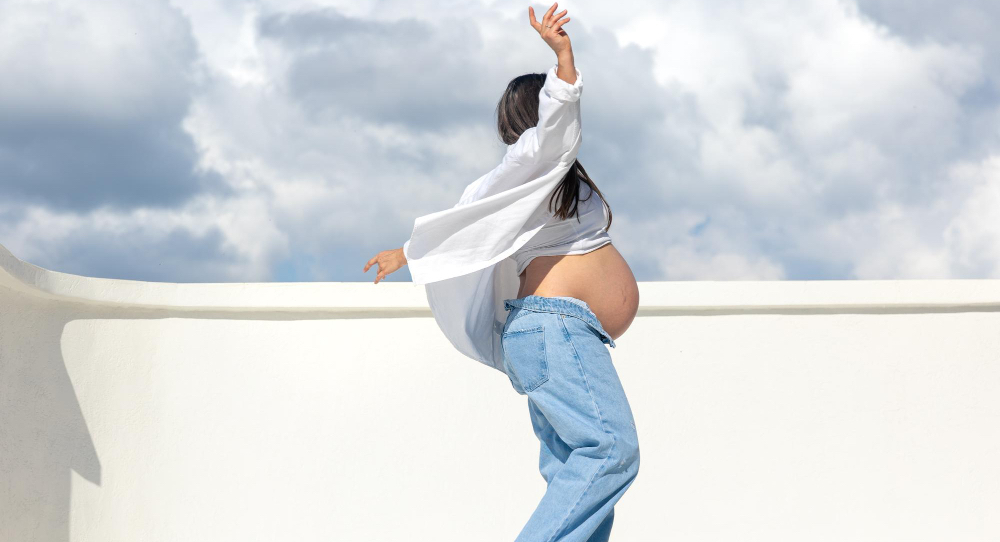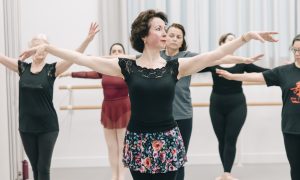While dance itself is not a guaranteed way to directly improve fertility, it can have several positive effects on your overall health and well-being that may support fertility. Here’s how dance can be beneficial:
Improves physical health
- Boosts circulation: Dance, like any form of physical activity, improves blood circulation, which is important for reproductive health. Increased blood flow to the reproductive organs can support their proper function.
- Enhances hormonal balance: Physical exercise, including dancing, can help regulate hormones. A balanced hormonal system is essential for ovulation and fertility, especially for women who may experience conditions like polycystic ovary syndrome (PCOS).
- Weight management: Regular dancing helps maintain a healthy weight. Being overweight or underweight can affect fertility, so keeping a healthy body weight through exercise can improve fertility outcomes.
Reduces stress
- Stress reduction: Dance is a fun and creative activity that can reduce stress levels. High levels of stress can disrupt the hormonal balance needed for conception, so activities like dance, which promote relaxation and release endorphins, can be helpful for emotional and mental well-being.
- Endorphin release: Dancing triggers the release of endorphins, the body’s natural “feel-good” hormones, which can help reduce anxiety and stress, both of which have been linked to reduced fertility.
Enhances cardiovascular health
- Heart health: Regular aerobic exercise like dancing can improve cardiovascular health. Healthy circulation is important for reproductive organs to function properly and can improve fertility over time.
Promotes mind-body connection
- Mindfulness: Dance can help you become more in tune with your body. This heightened awareness of your body can be beneficial for understanding your menstrual cycle, ovulation, and signs of fertility. It also encourages healthy movement, good posture, and balance, all of which contribute to overall wellness.
- Body positivity: Dance promotes body confidence, which can positively impact mental health, and a positive mindset is important when dealing with fertility challenges.
Improves pelvic health
- Core strength and flexibility: Many dance forms focus on core strength, hip flexibility, and pelvic movements, which can benefit the muscles surrounding the pelvic area. Strong and flexible pelvic muscles can improve blood flow to the reproductive organs and support overall reproductive health.
Supports healthy lifestyle choices
- Encourages physical activity: Dance can encourage people to be more active in general, which helps build a healthy lifestyle. Staying active and fit can contribute to better fertility by maintaining hormonal balance, reducing the risk of conditions like diabetes and obesity, and promoting a healthy reproductive system.
Can help with conditions affecting fertility
- PCOS and insulin resistance: For women with conditions like PCOS, regular physical activity such as dancing can help manage insulin resistance, a factor that can interfere with fertility. Reducing insulin resistance and improving metabolic health can enhance fertility.
- Improves libido: Dance can also boost confidence and improve intimacy, which can indirectly support fertility by encouraging a healthy sex life.
Caveats
It’s important to note that excessive exercise or overtraining can have the opposite effect, potentially disrupting your menstrual cycle or reducing fertility. A balanced approach to dance and physical activity is key. If you are trying to conceive and have specific health concerns, it’s always a good idea to speak with a doctor or fertility specialist for personalised advice.
While dance alone won’t guarantee fertility improvement, it contributes to a healthier lifestyle by improving circulation, reducing stress, balancing hormones and promoting a healthy weight — all of which can support reproductive health. Incorporating dance into a balanced lifestyle, alongside other healthy habits, may improve your chances of conception and overall well-being.














